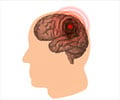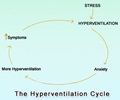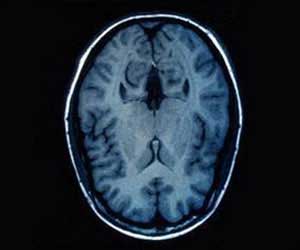Scientists from Harvard University have made a novel discovery that may help in improving physical recovery in stroke patients.
Scientists from Harvard University have made a novel discovery that may help in improving physical recovery in stroke patients.
They showed that a key feature of how limb motion is encoded in the nervous system plays a crucial role in how new motor skills are learned.It may help researchers design rehabilitation protocols in which motor adaptation occurs more readily, potentially allowing for a more rapid recovery.
It is known that brain's primary motor cortex and the body's low-level peripheral stretch sensors encode information about the position and velocity of limb motion.
"While this correlation between the brain's encoding of the position and the velocity of motion is well-known, its potential importance and practical use has been unclear until now," said coauthor Maurice A. Smith, Assistant Professor of Bioengineering at the Harvard School of Engineering and Applied Sciences (SEAS) and the Centre for Brain Science in the Faculty of Arts and Sciences.
To study motor adaptation, researchers had subjects grasp a robotic arm.
The device was programmed to simulate novel physical dynamics as subjects made reaching motions.
Advertisements
"We observed that the initial stages of motor learning are often quick but non-specific, whereas later stages of learning are slower and more precise," said lead author Gary C. Sing, a graduate student at SEAS.
Advertisements
By understanding what types of motor adaptations are easier to learn, the researchers hope to design rehabilitation activities that will encourage patients to use an affected limb more.
"In stroke rehabilitation, patients who make a greater effort to use their impaired limbs can achieve better outcomes," said Smith.
"However, there is often a vicious cycle, as a patient is far less likely to use an impaired limb if his or her other limb is fine. This pattern slows recovery and leads to greater impairment of the affected limb," Smith added.
The study appears in journal Neuron.
Source-ANI
SRM














